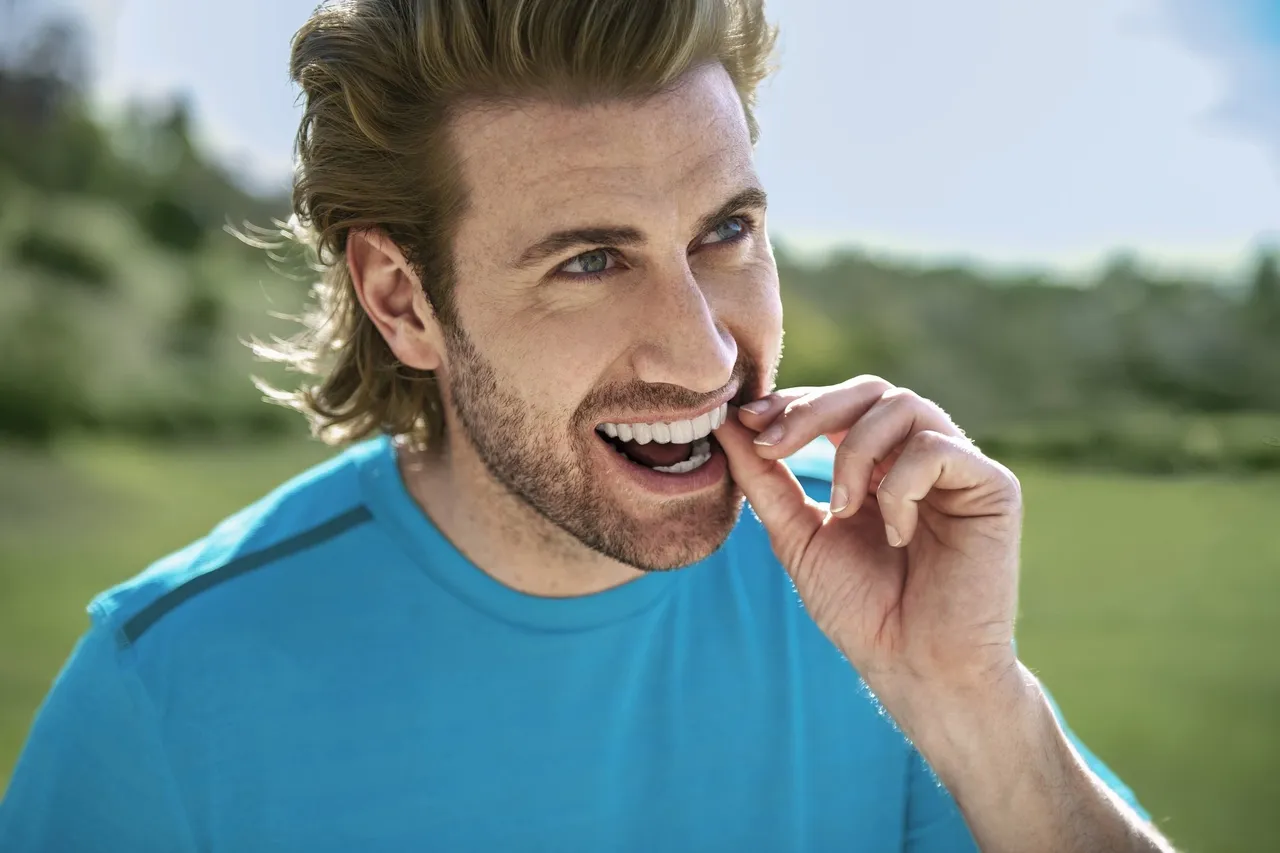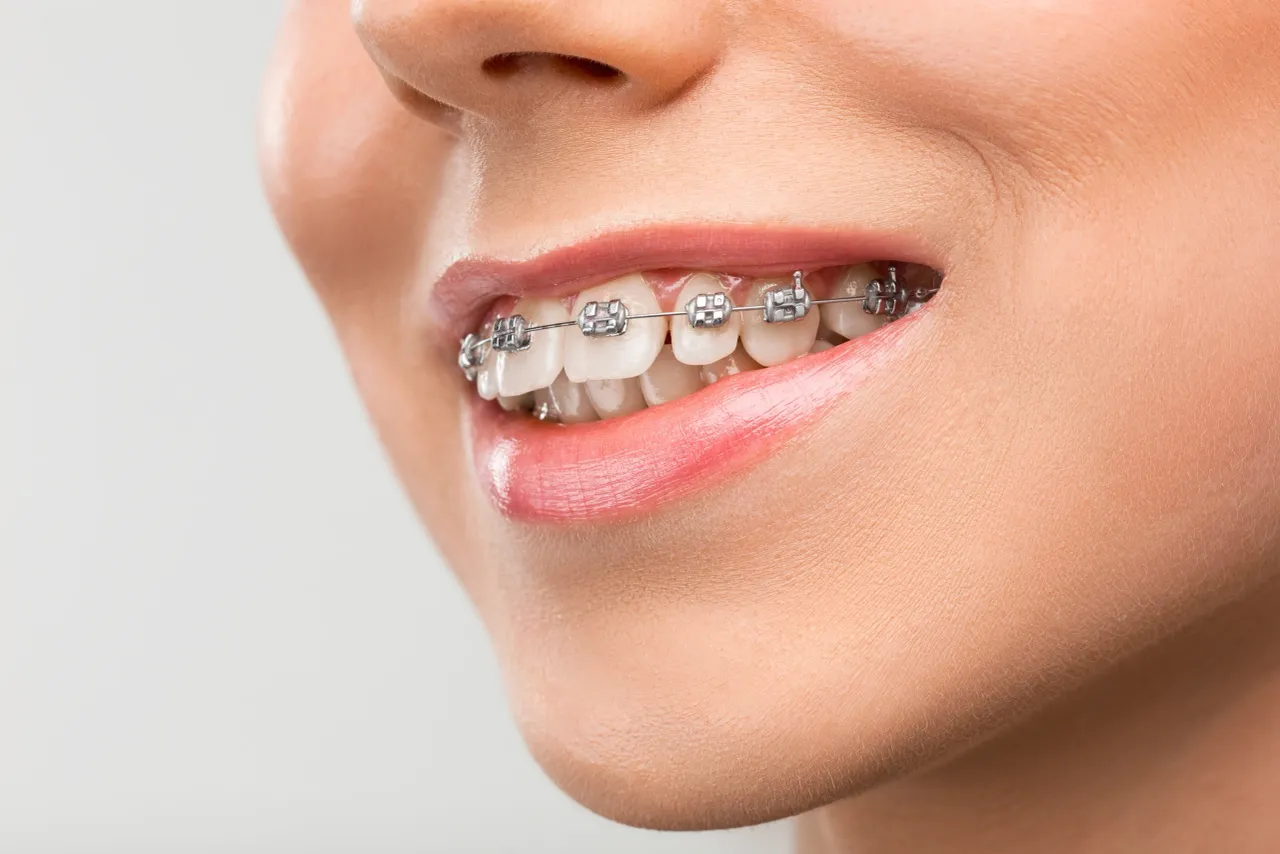
6 Tips to Try if Your Invisalign Aligners Hurt
Invisalign is an excellent way to straighten your teeth without the trouble of traditional braces, but many patients find their Invisalign hurts during treatment. For instance,


Invisalign is an excellent way to straighten your teeth without the trouble of traditional braces, but many patients find their Invisalign hurts during treatment. For instance,

The allure of Invisalign has granted it quite a solid reputation since its development in 1997. Since it began, Invisalign has made good on its

We sometimes get asked at South Dakota orthodontic practices about getting braces on the bottom teeth only or just getting braces on the top teeth.

The decision to begin orthodontic treatment is a big one. You may have looked at traditional braces, but today, more and more patients are interested

Most people tend to imagine unsightly metal brackets when they think about braces. But in reality, there is a much more subtle and accommodating approach

When it comes to dental braces, there are myths abound. Some of the common braces myths are rooted in people’s experience with the braces of

Invisalign is a rapidly expanding teeth straightening treatment that offers an excellent alternative to braces. These invisible braces lead many prospective patients to wonder how

Are you in the Sioux Falls area and wondering if Invisalign is right for you? You might also be worried about leaving your home during

You can get a healthy, beautiful smile at any age. Are you’re wondering, am I too old for Invisalign? The answer is, absolutely not. Our
allure orthodontics, movewithinvisalign.com, tmj treatment sioux falls, vanlaecken orthodontics aberdeen sd, top orthodontic care in sioux falls, vanlaecken orthodontics watertown sd, movewithinvisalign, vanlaecken orthodontics brookings, south dakota blogs, vanlaecken orthodontics watertown, allure ortho, vanlaecken orthodontics aberdeen, sd blog, movewithinvisaligncom, movewithinvisalign com, invisilign braces, invisible braces great falls, teeth straightening medina, vanlaecken, teeth straightening sioux falls sd, teeth braces great falls, tmj treatment great falls, south dakota teeth alignment, what hurts more bottom or top braces
Braces come in various forms, each designed to address specific orthodontic needs. The most common types include traditional metal braces, ceramic braces, and lingual braces. Traditional metal braces are highly effective for complex cases, while ceramic braces offer a more discreet option. Lingual braces are placed behind the teeth, making them virtually invisible.
Choosing the right type of braces depends on factors such as the severity of the dental issue, aesthetic preferences, and lifestyle. For instance, patients who are concerned about the visibility of braces may prefer ceramic or lingual options, while those with significant alignment issues might benefit more from traditional metal braces. Consulting with an orthodontist can help determine the best choice for individual needs.
Maintaining oral hygiene with braces is crucial to prevent cavities and gum disease. Patients should brush their teeth at least twice a day using a soft-bristled toothbrush and fluoride toothpaste. Flossing can be more challenging with braces, but using a floss threader or orthodontic floss can make it easier to clean between the brackets and wires.
In addition to regular brushing and flossing, using an antimicrobial mouthwash can help reduce plaque buildup. It’s also advisable to avoid hard, sticky, or sugary foods that can damage braces or contribute to tooth decay. Regular check-ups with the orthodontist will ensure that oral hygiene practices are effective and that the braces are working as intended.
The duration of orthodontic treatment with braces varies depending on individual circumstances, including the complexity of the case and the type of braces used. On average, treatment can last anywhere from 18 months to 3 years. Factors such as patient compliance with wearing rubber bands or other appliances can also influence the treatment timeline.
Regular appointments with the orthodontist are essential for monitoring progress and making necessary adjustments. Patients who adhere to the treatment plan and maintain good oral hygiene are more likely to achieve their desired results within the estimated timeframe. Understanding the treatment process helps set realistic expectations for the journey to a straighter smile.
Choosing between Invisalign and traditional braces often comes down to personal preference and specific dental needs. Invisalign offers a clear, removable aligner system that is less noticeable and allows for easier oral hygiene. However, traditional braces may be more effective for complex cases that require precise tooth movement.
Both options have their advantages and disadvantages. Invisalign aligners can be removed for eating and cleaning, which promotes better oral hygiene, but they require discipline to wear for the recommended 20-22 hours a day. On the other hand, traditional braces are fixed in place, ensuring constant pressure on the teeth, but they can be more challenging to clean and may cause discomfort. Consulting with an orthodontist can help patients make an informed decision based on their specific needs and lifestyle.